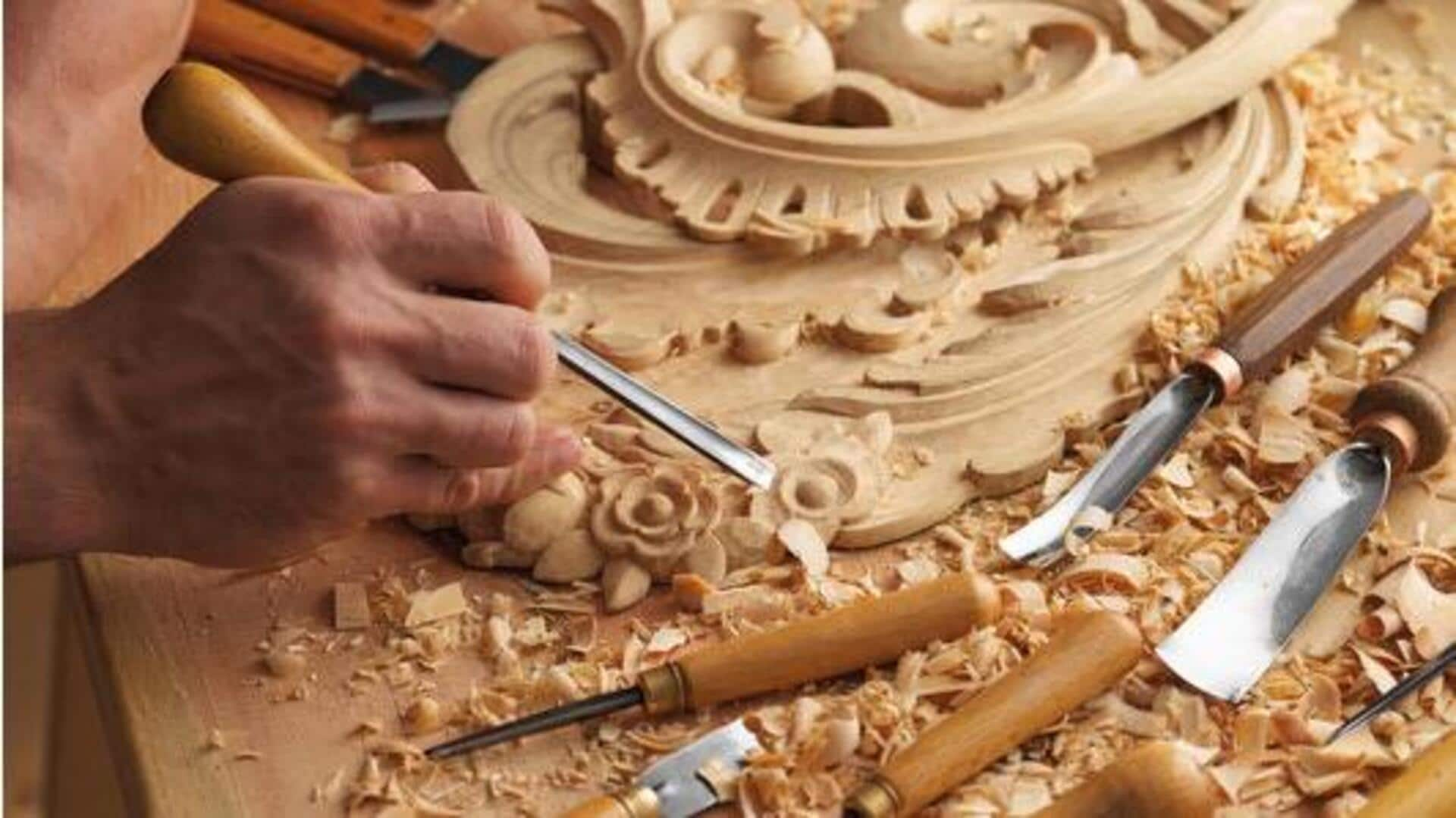
Wood carving: Techniques behind this craft
What's the story
African wood carving is a rich and diverse art form that has been practiced for centuries. With intricate designs and techniques, it reflects the cultural heritage of various African communities. Here, we explore five essential techniques used in African wood carving to understand how these methods contribute to the artistry and craftsmanship of this traditional practice. Each technique boasts its own uniqueness, making it an integral part of the overall artistic expression found in African wood carvings.
Technique 1
Understanding relief carving
Another widely used technique is relief carving, where the design is carved into the flat surface of a piece of wood, making them appear raised. Using this technique, artists can create the illusion of depth and dimension into their work by varying the depth of relief. The process requires meticulous planning and precision, since every cut has to be deliberate to create the effect.
Technique 2
Mastering chip carving
Chip carving is all about removing small chips from a flat wooden surface with the help of sharp knives or chisels. It requires steady hands and attention to detail as it is more focused on creating geometric patterns or intricate designs. Chip carving is often used for decorating functional items like bowls, spoons, or furniture pieces with elaborate motifs that enhance their aesthetic appeal.
Technique 3
Exploring whittling techniques
Whittling is one of the oldest forms of wood carving where artists use simple tools like knives to shape wood into figures or objects. The technique is all about creativity and spontaneity, as it usually involves freehand carving without pre-defined patterns. It can range from crafting small figurines to more complex sculptures, depending on the artist's skill level and imagination.
Technique 4
Practicing incised carving
Incised carving involves cutting lines into the surface of wood without removing large amounts of material around them. These incisions create detailed linear patterns that are both decorative and symbolic in nature. Artists use incised carvings for storytelling purposes by embedding cultural narratives within their artwork through symbolic representations etched onto surfaces such as masks or ceremonial objects.
Technique 5
Embracing sculptural carving
Sculptural carving turns blocks of wood into three-dimensional shapes by subtracting them with chisels, gouges, mallets, and other handy tools depending on complexity required at execution phase itself. Sculptors painstakingly carve off excess material until desired shape is revealed, exposing intricacies hidden beneath rough surface. Thus, highlighting mastery over medium itself while conveying deeper messages contained within final product achieved through this specific method towards creation process altogether.